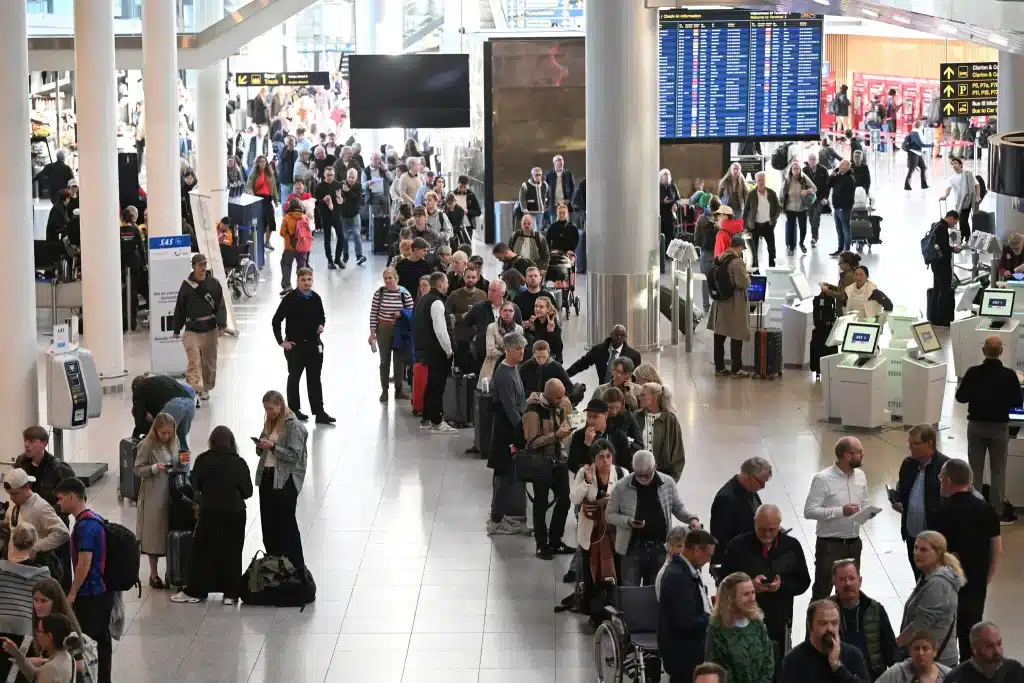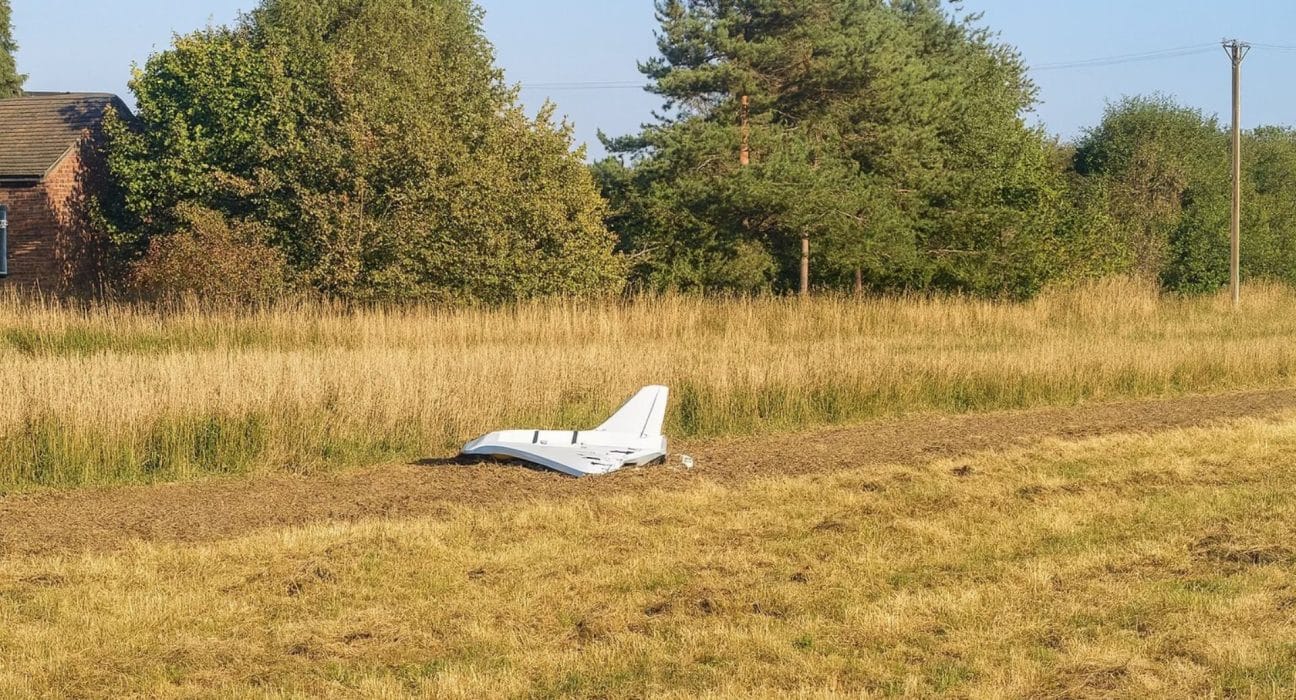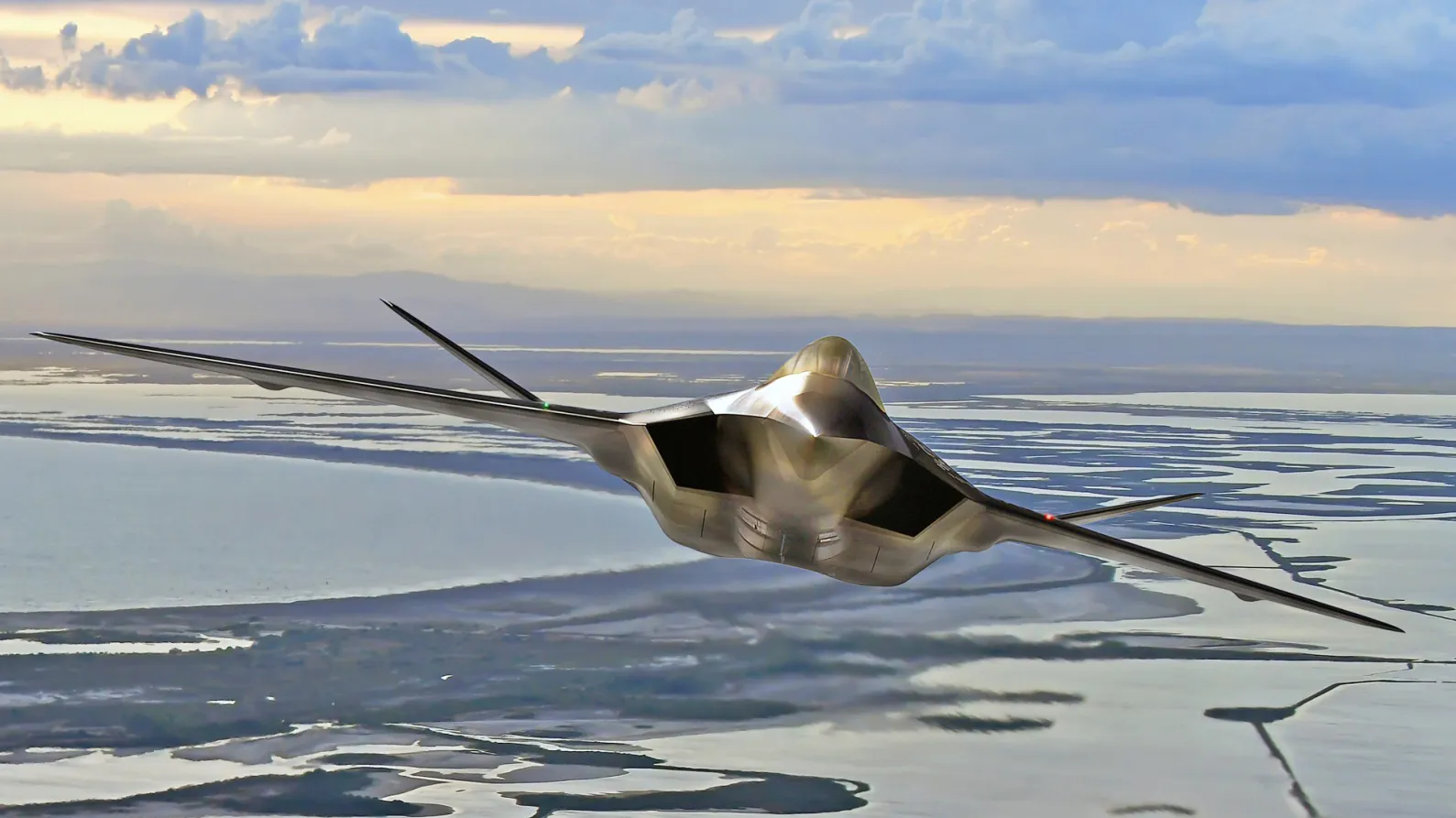Recent events in Poland, Lithuania, and Estonia are not isolated incidents. They are part of a worrying trend: increased pressure on European airspace. These incidents, combined with the recent overflights of Copenhagen and Oslo airports in September 2025, reveal a deliberate testing strategy aimed at disrupting civilian infrastructure, sowing confusion, and assessing the resilience of European air defense.
Repeated provocations: a gradual escalation
The series of incidents unfolded in a logical sequence of tests. In September 2025, between 19 and 23 Russian drones entered Polish airspace, potentially targeting Ukrainian targets.
This episode led Poland to invoke Article 4 of the NATO treaty, an unprecedentedly serious decision. Shortly before that, on July 28, a stray munition (a Gerbera, the Russian version of a drone munition) crashed into a military training area in Lithuania, possibly due to Ukrainian jamming.
On September 19, 2025, Estonia reported the violation of its airspace by three MiG-31 interceptors for 12 minutes, without communication or activation of their transponders, suggesting a deliberate intention to remain undetected. Described as a “provocation” by Estonia and its allies, this intrusion prompted NATO to convene a meeting under Article 4.
But the extent of Russian aerial pressure does not stop there. The flyovers of Copenhagen and Oslo airports in September 2025, involving unidentified drones, highlight a desire to test European responsiveness in areas previously considered more secure.
On the night of September 26, unidentified drones were spotted in northern Germany, near the Danish border, and German authorities are investigating the possibility of espionage or sabotage, although it is not yet possible to identify the country or actors responsible for this act.
Air stress tests: Russia’s tactic of controlled disruption
Recent incidents involving drones and unidentified flying objects are part of a calculated strategy, where each flyover or intrusion becomes a real “stress test” for defenses. The primary objective is to measure, in real time, the speed of detection, the decision-making chain, and coordination between allies, all within a gray area where the outbreak of open warfare remains out of reach.
A single flyover of an airport, even at low altitude, is enough to cause immediate runway closures, trigger media panic, and result in significant financial losses. This planned confusion fuels skepticism about the authorities’ ability to protect the public, exhausts public opinion, and creates internal divisions between decision-makers, airline operators, and citizens.

The underlying reasoning is based on a cost imbalance: a low-end drone costs only a few thousand euros, yet it can shut down an international airport for several hours, generating millions of euros in losses for airlines, businesses, and tourism.
Putting these facts together, we can see a calibrated provocation strategy: low-altitude disruptions, measured provocations, targeted civilian impacts, and constant pressure on the brink of escalation. This approach aims to test responses, undermine confidence, and exploit the asymmetry of means to achieve strategic gains without triggering open conflict.
Implications for Integrated Air and Missile Defense (IAMD)
European defense architectures have historically been designed to counter ballistic missiles or high-altitude aircraft.
The “high” level covers threats such as ballistic missiles and supersonic aircraft; it relies on long-range radar and anti-ballistic missiles, which provide satisfactory coverage.
At the “medium” level, threats include cruise missiles and medium-altitude UAVs; medium-range radars and interception systems offer average responsiveness.
The “low” level includes drones, low-altitude UAVs, and small missiles; traditional radars and limited anti-UAV systems have very low detection and neutralization capabilities.
A massive influx of small craft could overwhelm sensors and firing systems, forcing decision-makers to choose between letting a minor threat pass or risking accidental escalation.
What these provocations reveal and what Europe must learn
These events highlight several key points:
NATO is being tested in a calibrated manner. The aim is to test its responsiveness, resilience, and room for maneuver.
The geographical spread of pressure. The potential threat now extends to areas once considered safer, requiring broader air coverage.
The technological race is accelerating. The priorities for manufacturers are compact low-altitude radars, passive sensors, anti-UAS systems, and AI-assisted sensor fusion solutions.
A doctrinal shift is necessary. ROEs for hybrid threats must be redefined, tactical rapid reaction alliances established, responsibilities clarified, and differentiated firing scenarios planned.
An IAMD architecture requires bridges between air defense and missile defense. Europe must build a defense pyramid, from the top (ballistic missiles, aircraft) to the bottom (drones, cruise missiles), with layers that overlap and communicate.
The current aerial provocations are a wake-up call. They require a coordinated response and rapid adaptation of European air defense. Investment in appropriate technologies, modernization of doctrines, and consolidation of cooperation between civilian and military actors are essential to address this new era of hybrid threats. Europe must prepare for a potential escalation and strengthen its resilience in the face of these new forms of warfare.





